Baseball History Comes Alive Now Ranked #2 by Feedspot Among All Internet Baseball History Websites and Blogs!
Guest Submissions from Our Readers Always Welcome!
Subscribe to my blog for automatic updates and Free Bonus Reports: “Memorable World Series Moments” and “Gary’s Handy Dandy World Series Reference Guide.”
Babe Ruth Collectibles Baseball Books from Amazon
Boston Braves Photo Gallery
Click on any image below to see photos in full size and to start Photo Gallery:
The Demise of a Great Franchise: The Boston Braves
Sixty-four years ago today, March 13, 1953, on the day that will become known a “Black Friday” in Boston, Braves owner Lou Perini announces he will seek permission from the National League to move his franchise to Milwaukee, home of the team’s top minor-league affiliate. The Braves owner cites poor attendance as the reason for asking to relocate the club, after spending 82 years in the New England city.
If there is any doubt as to why Perini and the Braves felt compelled to move to Milwaukee in 1953, check out the featured photo. That’s from Opening Day, 1952 with near-empty stands. They drew only 281,000 fans for the entire year. Only two games drew more than 10,000. And there was a great baseball town like Milwaukee begging for a major league team.
The move to Milwaukee brought a sad end to one of baseball’s great franchises, the Boston Braves. As a matter of fact, the Braves were the longest continuous playing team in American professional sports, having started in 1871 as the Boston Red Stockings, a member of the National Association.
Here’s a few words about the Braves’ great history:
In 1876, Boston Red Caps became a charter member of the newly formed National League and were a powerhouse for most of the 19th century. By 1883 they had adopted the name “Beaneaters.” The 1898 team finished 102-47, a club record for wins that stood for nearly a century. They won eight pennants in the 19th century, two under baseball pioneer Harry Wright, and five under Hall-of-Fame manager Frank Selee. The Boston franchise played at South End Grounds form 1871-1914.
With the arrival of the American League in 1901, things changed drastically for the Beaneaters. The team was decimated by competition from the new American League Boston entry, and many of their stars jumped to the new team under the lure of higher contracts. They only managed one winning season from 1900 to 1913, and lost 100 games five times.
In 1907, wearing all-white uniforms they were called the “Doves” and the “Rustlers” in 1911. The team adopted an official name, the Braves, for the first time in 1912.This was followed two years later by one of the most memorable seasons in baseball history. After starting the 1914 season a dismal 4-18 start, the Braves seemed to be headed for last place. At one point they were in the cellar at 26-40, 15 games out. From this low point, the “Miracle Braves,” led by stars Johnny Evers and Rabbit Maranville, got hot, closed out at 25-6, and won the National League pennant and the World Series over the heavily-favored Philadelphia Athletics. They are the only team to win a pennant after being in last place on the Fourth of July.
Their new park, Braves Field opened in August 1915. It was the largest park in the majors at the time, with 40,000 seats. The Braves again fell on hard times, with winning records only twice from 1917 to 1932. The Braves were competitive in 1933 and 1934 under manager Bill McKechnie, but they were hit hard by the Great Depression. Looking for a way to get more fans and more money, owner Judge Fuchs acquired Babe Ruth. Ruth was told he could take over as manager once McKechnie stepped down—perhaps as early as 1936. With his skills severely diminished and seeing a franchise in complete disarray, Ruth retired on June 1. They ultimately finished 38-115, easily the worst season in franchise history. Their .248 winning percentage is the third-worst in baseball history.
After 1935, new ownership changed the name to the “Bees” but under manager Casey Stengel, they fielded some of the worst teams ever. Things looked brighter when Lou Perini took over and they were again the Braves. By 1946, with phenom pitcher, Warren Spahn, the Braves were contenders. In 1948, the team won the pennant, behind the pitching of Spahn and Johnny Sain, who won 39 games between them, and “Spahn and Sain and pray for rain” entered the baseball lexicon. The Braves lost the 1948 World Series in six games to the Indians.
Sam Jethroe was acquired by trade from the Brooklyn Dodgers, on April 18, 1950 and became the franchise’s first African-American player and went on to become the National League Rookie of the Year at age 32. A former Negro League star and military veteran, Jethroe remains the oldest player to have won Rookie of the Year honors. In 1950, Jethroe hit .273 with 100 runs, 18 home runs, 58 RBI, and led the National League with 35 steals
1948 turned out to be the Braves’ last hurrah in Boston. Amid four mediocre seasons, attendance steadily dwindled until, on March 13, 1953, Perini announced he was moving the team to Milwaukee, thus becoming the Milwaukee Braves where they won pennants in 1957 and 1958, with a World Series championship in 1957.
I’ll leave the story here. As we all know they later moved to Atlanta and went on to great success in the 1990s under general manager John Schuerholz and manager Bobby Cox, with a World Series championship in 1995.
Here’s a list of some notable player in Braves history:
- Earl Averill Boston Braves (1941), HOF (1975)
- Dave Bancroft Boston Braves (1924–27), HOF (1971)
- Alvin Dark Boston Braves (1946-49), ROY (1948)
- Johnny Evers Boston Braves (1914–17, 1929), HOF (1946)
- Burleigh Grimes Boston Braves (1930), HOF (1964)
- Billy Herman Boston Braves (1946), HOF (1975)
- Rogers Hornsby Boston Braves (1928), HOF (1942)
- Sam Jethroe Boston Braves (1950–52) ROY (1950)
- Ernie Lombardi Boston Braves (1942), HOF(1986)
- Al Lopez Boston Bees (1936–40), HOF (1977)
- Bill McKechnie Boston Braves (1913, Manager 1930-37), HOF (1962)
- Rabbit Maranville Boston Braves (1912–20, 1929–35), HOF (1954)e
- Eddie Mathews Boston/Milwaukee/Atlanta Braves (1952–66),HOF (1978)
- Christy Mathewson Owner/Executive, Boston Braves (1922–25), HOF as Player (1936)
- Rube Marquard Boston Braves (1922–25), HOF (1971)
- Joe Medwick Boston Braves (1945), HOF (1968)
- Al Simmons Boston Bees (1939), HOF (1953)
- George Sisler Boston Braves (1928–30), HOF (1939)
- Billy Southworth Boston Braves (1921–23, Manager 1946-49, 1950–51), HOF (2008)
- Warren Spahn Boston Braves Boston/Milwaukee Braves (1942, 1946–64), HOF (1973)
- Casey Stengel Boston Braves (1924–25,Manager 1938-43), HOF (1966)
- Babe Ruth Boston Braves (1935), HOF(1936)
- Ed Walsh Boston Braves (1917), HOF (1946)
- Lloyd Waner Boston Braves (1941), HOF (1967)
- Paul Waner Boston Braves (1941–42), HOF (1952)
-Gary Livacari
Photo Credits: All obtained from Google search in public domain and the Leslie Jones Boston Public Library collection
Information: Excerpts edited from the Boston Braves Wikipedia page.
Subscribe to my blog for automatic updates and Free Bonus Reports: “Memorable World Series Moments” and “Gary’s Handy Dandy World Series Reference Guide
Visit our On-Line Sports Memorabilia Store Babe Ruth Collectibles on Amazon
We are a participant in the Amazon Services LLC Associates Program, an affiliate advertising program designed to provide a means for us to earn fees by linking to Amazon.com and affiliated sites. Click here to view Amazon’s privacy policy

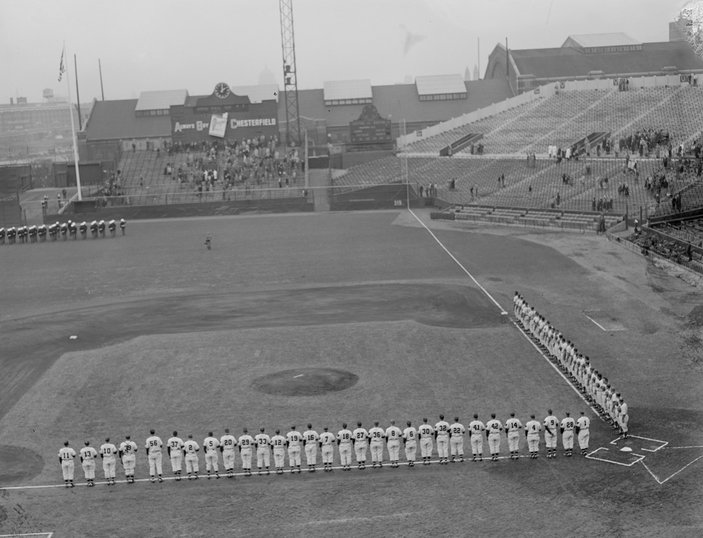
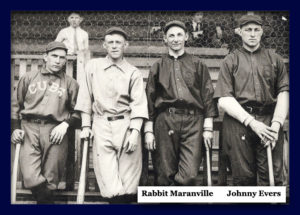
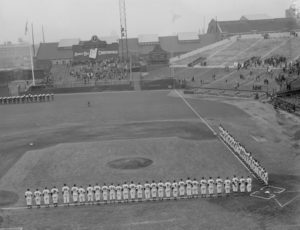
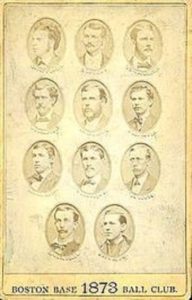
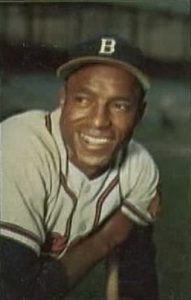
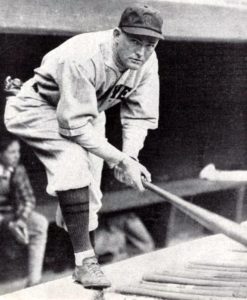
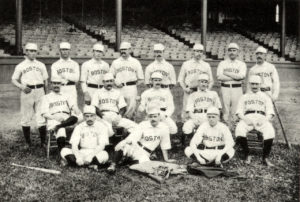
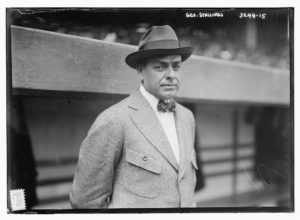

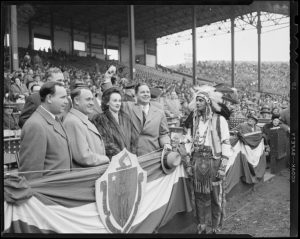
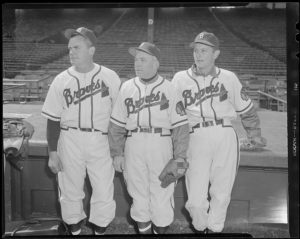
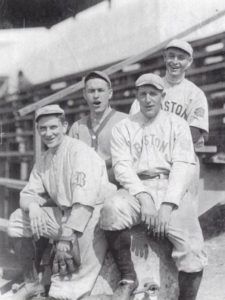

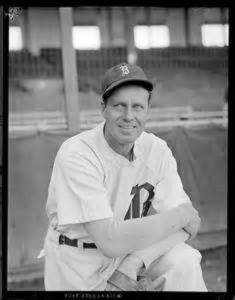
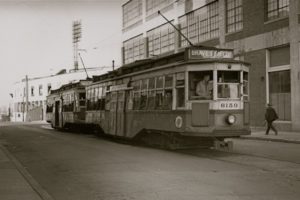
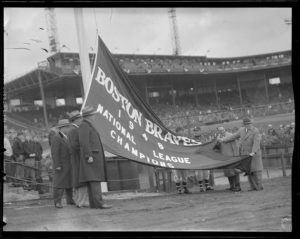
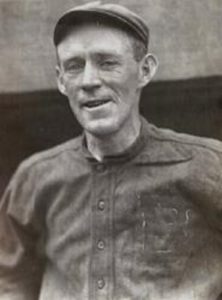
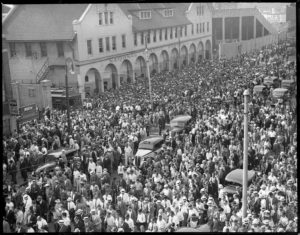
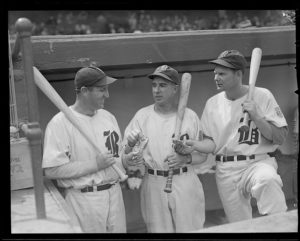
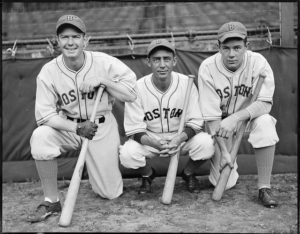
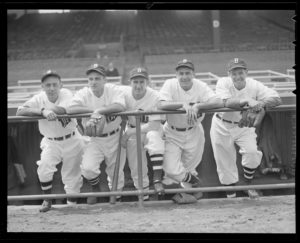
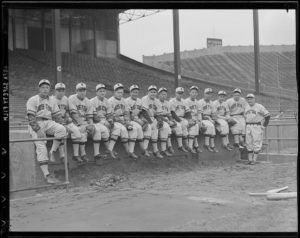
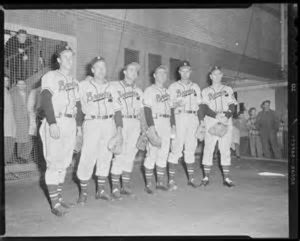
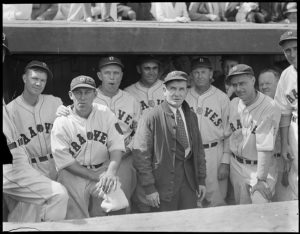
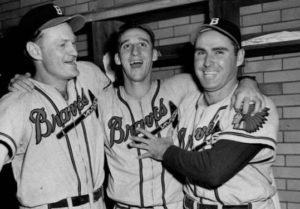
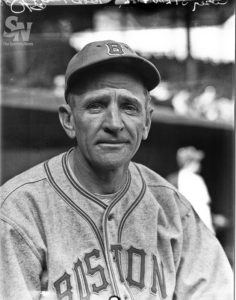
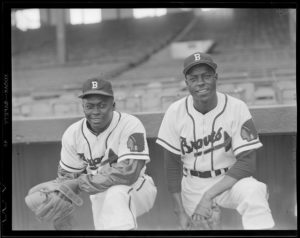
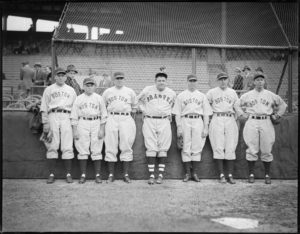
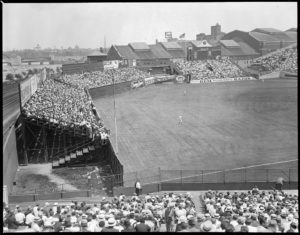
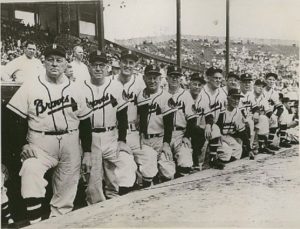
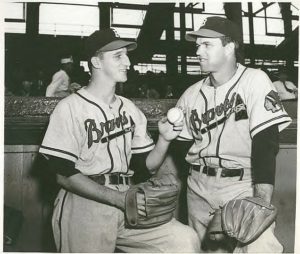
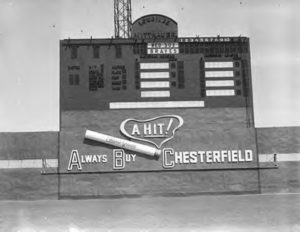
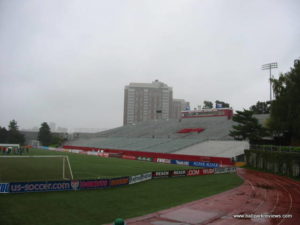
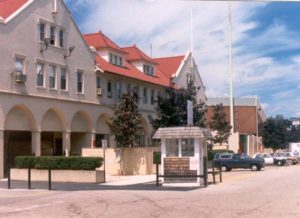
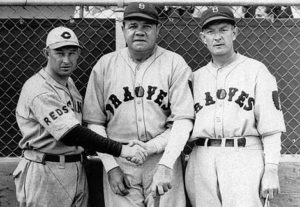
Gary: Amazing post of one of the greatest franchise in baseball history.
The 1914 Miracle Braves- for the first time in any sports the word “Miracle” was used on a team.
Thanks Andy
Was the Braves’ willingness to sign African American players a factor in turning into box office poison, considering the history of Boston race relations?
Not sure…haven’t heard anything in that regard.
The Braves had first dibs for Willie Mays, but they already had Sam Jethroe in center and chose (or could not afford the 5k) to sign the “Say Hey” kid. Imagine Willie alongside Aaron and Mathews at third.
Braves History — I just ran across your web site. Haven’t had a chance to review it yet, but the Boston Braves demise essay caught my eye. — I’m an 82 year old fan of the game and a former College Player.
I grew up in suburban Philadelphia and lived next door to a Boston Braves scout (and a high school coach) who taught me to throw in the image of a Warren Spahn, only right handed. Although I was small in stature (5’7”, 140 lbs) under his coaching I became a power pitcher with a high leg lift delivery. He coached me through Babe Ruth League competition (PA state Champions) and when it came time for me to choose a college he offered that the Braves (Then Milwaukee Braves) would send me to school wherever I wanted to go. My choices were Duke, Ga Tech and West Point. — West Point was my first choice, and my Pro ball future took a nose dive. I had a successful baseball career at Army. In 1960 Coach and Athlete Magazine named me their Collegiate Player of the Year for all spring sports in the eastern region of the US, and in 1961 I pitched a couple of innings against the 1961 NY Yankees in an April exhibition game. I was the losing pitcher that day because I gave up a couple of long balls to Hector Lopez and Moose Skowron, but fanned Mantle and Maris and the Yankee pitcher, Duke Maas in my two innings. — memories — That’s Baseball.
So I have the scout’s Boston Braves business card. Would you like a picture of that card for your Boston Braves section?
Thanks Bob for the great information. I love personal stuff like that. I sure would like a copy of that for the photo gallery. You can send to my email: Livac2@aol.com. Hope you get a chance to look around the website. I think you’ll enjoy it. I’m putting out a piece tomorrow on the Dodgers’ Sym-phony band. Please keep in touch! Best regards, Gary